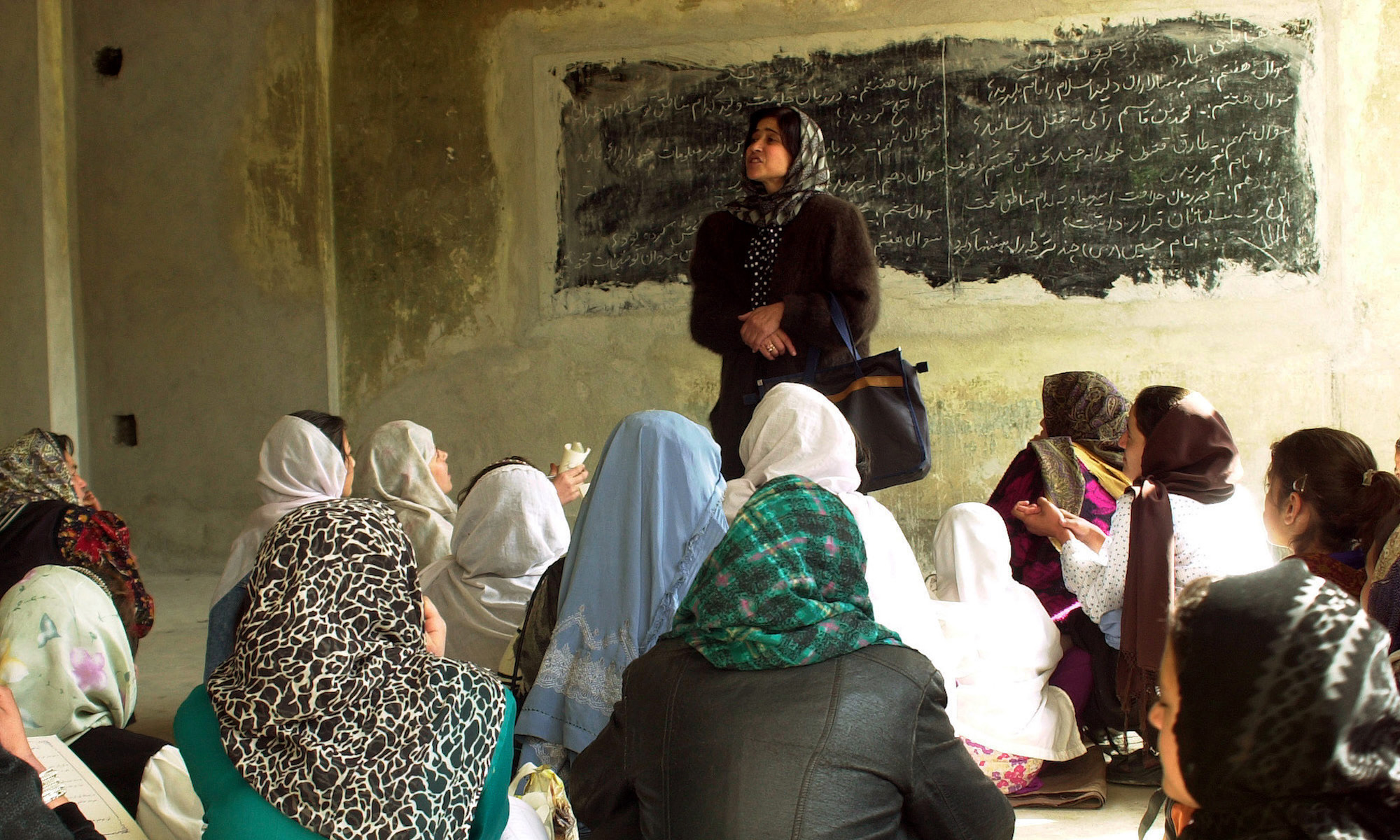The humanitarian intervention in Kosovo provides an excellent case study of civil-military cooperation (CIMIC) in peace operations. The intervention required 40,000 heavily armed combat troops from NATO and Partnership for Peace countries to provide security and coordinate relief efforts with the UN, the OSCE, and over 500 humanitarian organizations. CIMIC provided the mechanism for such cooperation and support. Like any concept employed in coalition warfare, CIMIC varied widely in the quality of its application. This study examines the effectiveness of CIMIC within each brigade area and throughout the province as a whole. It identifies best practices and common mistakes to derive lessons that might inform the conduct of future missions, such as those currently underway in Iraq and Afghanistan.

INSCT Postconflict Research Database
The Institute for National Security and Counterterrorism's Postconflict Research Database & Analysis Project stores cross-indexed bibliographic information on hundreds of journal articles, books, book chapters, and case reports that address the broad, interdisciplinary fields of postconflict reconstruction, stabilization, and peacebuilding.